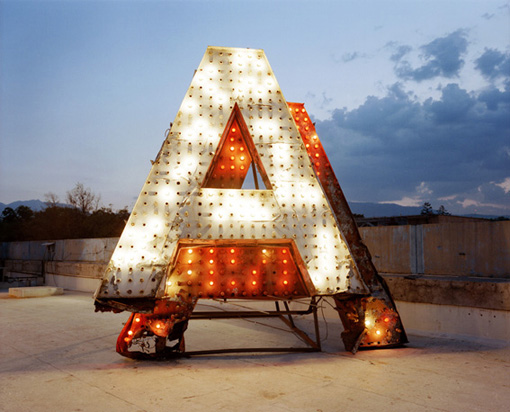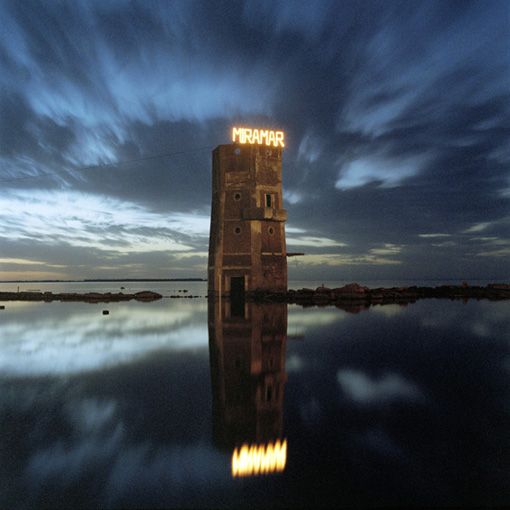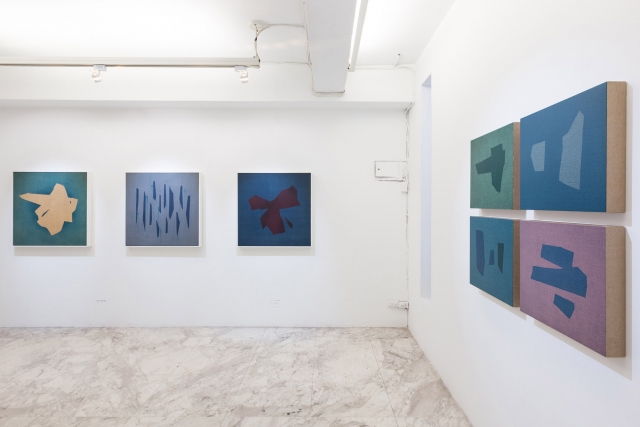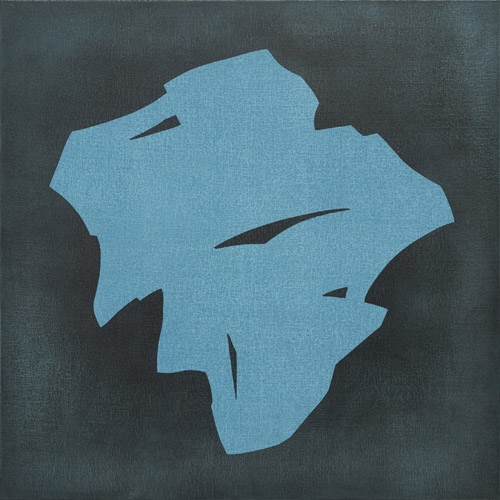Past Residents
Past Resident2013: BRNO University of Technology
Petr Šprincl
Petr Šprincl transforms his own memories into atmospheric, experimental documentaries. Strange, decadent individuals and mysterious phenomena form the basis for his screenplays. His early works focused on performance and art in public space, but since 2008 he has worked primarily in installation and experimental film.
In 2006, Petr Šprincl began to study Art history at Palacký University, Olomouc. There he discovered a studio of intermedia lead by Vladimir Havlik. In 2008, he began to study in the Department of Intermedia, Faculty of Fine Arts, Brno University of Technology. Aside from visual projects, Šprincl participates in music projects and bands – including the black metal project Ďábel (Devil) and the witchhouse band ◊►≈. As a co-creator and video operator, he is part of the experimental theatre project DOCTOR.
Events & Exhibitions
Salon: Ruth Campau and Petr Šprincl
October 29, 2013
Residents from Czech Republic
Past Resident2013: FONCA - Fondo Nacional para la Cultura y las Artes
Ramiro Chaves
The work of Ramiro Chaves explores various aspects of Latin American modernist architecture, from its ideological positioning to its contradictory transformations within those contexts in which the modernist project never quite fit comfortably. His projectXXXXXXXXXX is an atlas of the use of the letter X in post-revolutionary Mexican architecture. His investigation centers on the use of this form as an architectural resource, be it ornamental or structural. This project is an exercise which is part of an extensive visual archive and documentary project about the evolution of the iconography and content of Mexican modernism. It functions as a cross-sectional exploration of this confused historical legacy through different disciplines using photography as an starting point, but also expanding his practice to video, sculpture, architectural drafting, writing and archiving. Chaves’ work is a personal, methodological approximation that raises questions about memory, history, identity, discourse, and the manner in which those elements produce space and language.
Ramiro Chaves (born 1979, Cordoba) studied Film and Television at the National University of Cordoba and Photography at the School of Arts Lino E. Spillimbergo. He moved to México in 2002. He was selected for the XI Biennial of Photography at the Center for the Image, México City, 2004 and his first solo exhibition Proyecto Canada, at Museo de Arte Carrillo Gil, México City, 2006. Editorial Diamantina published his book Domingos in 2006. Chaves was selected for Descubrimientos (Discoveries) in PhotoEspaña, Spain, 2009. He participated in the Miradas Cruzadas residency exchange program between México and France in 2010, and received Bancomer’s 2012-2014 Contemporary Artist grant in partnership with the Museo de Arte Carrillo Gil, México City. His work is part of the Isabel and Agustin Coppel collection as well as those of the Museo de Arte Moderno and the Centro de la Imagen in México City, plus a number of private collections worldwide. His work has been exhibited in México, France, the United States, Spain, Holland, Turkey, Germany, Austria, Argentina and Japan.
Events & Exhibitions
Salon: Ramiro Chaves and Bernard Williams
October 15, 2013
Past Resident2013: Ministry of Culture, Taiwan
Tung-Lung Wu
For years, Tung-Lung Wu has worked on the manifestation of geometric and organic signs and symbols, adept at shaping the use of space and lines to pursue pure, simple, and abstract representation. His works carry both the calmness of classical paintings as well as the ingenuity of contemporary art. With his accommodating techniques and unique skills, Wu boasts of a distinct artistic style which belongs to a league of its own.
Tung-Lung Wu’s (born 1976, Taipei) works are minimalist abstract paintings, adopting minimal, simple and rationalistic genre, which are filled with his own style. The formation of his paintings consists of a majestic composition interlaced with a delicate and tasteful color palette, delivering a powerful visual tension as well as an underlain calm emotion, and each aspect of semiotic spirit, image space, psychology of forms, and color aesthetic has been prospected and incorporated in his creations. He is one of the few young artists who are devoted to abstract paintings in Taiwan. Wu lives and works in Taipei.























